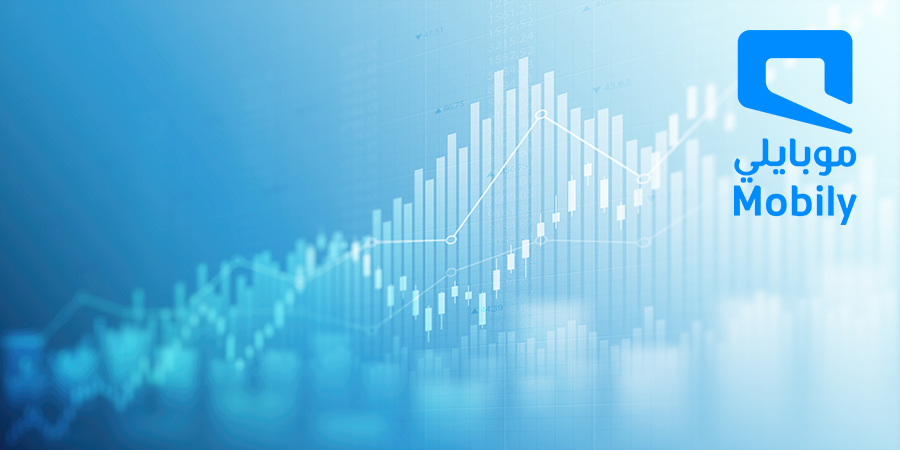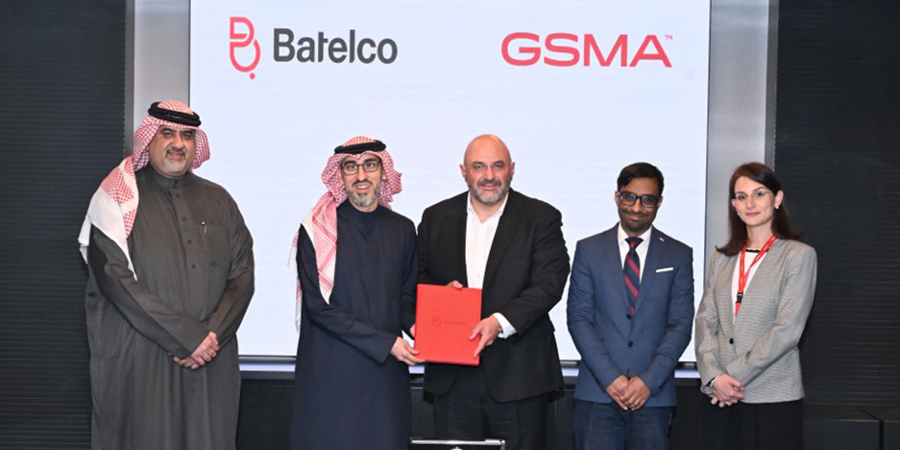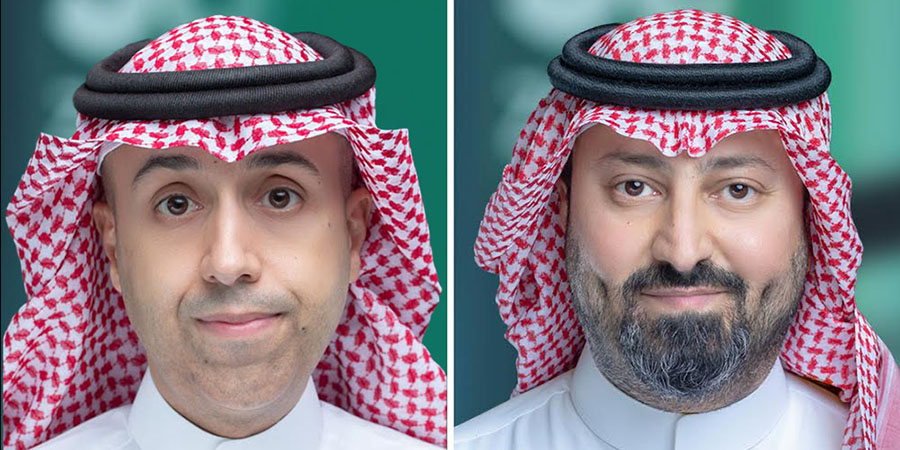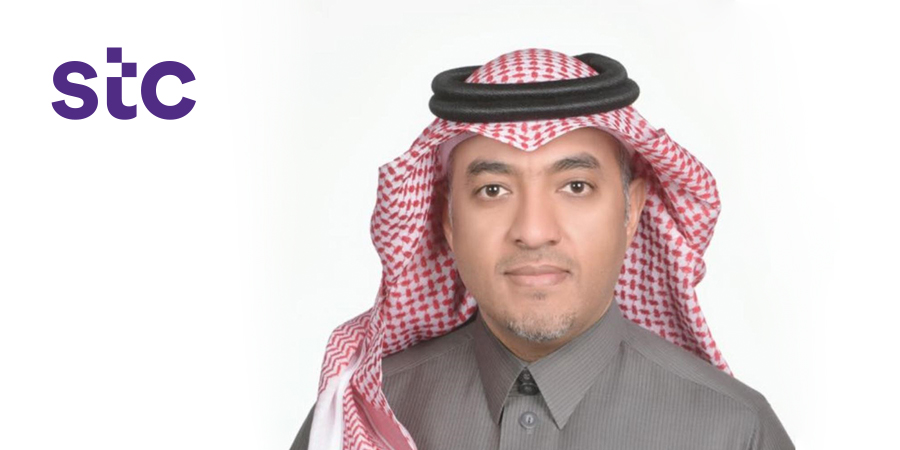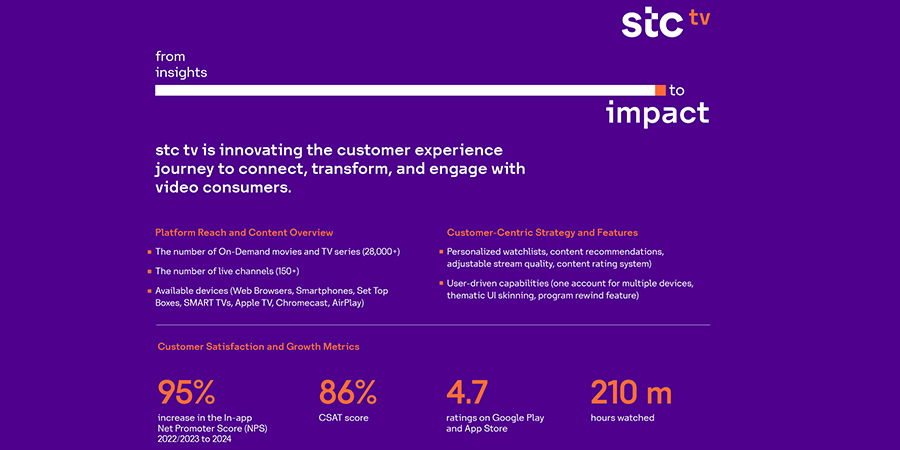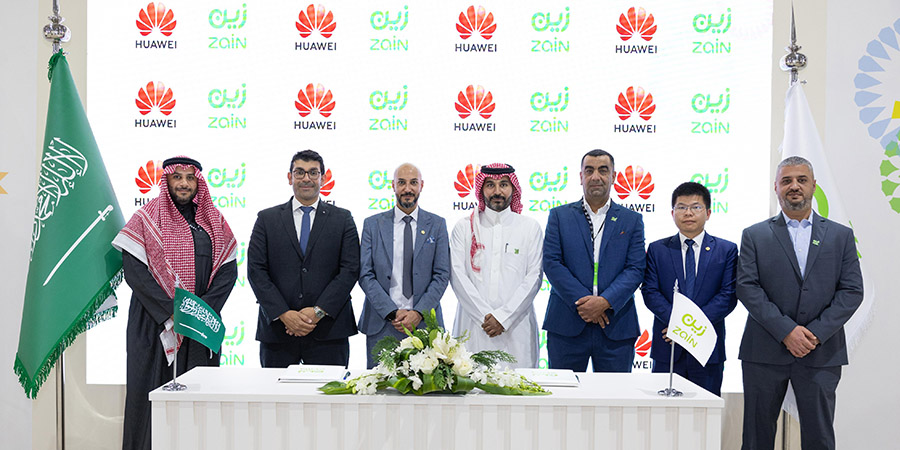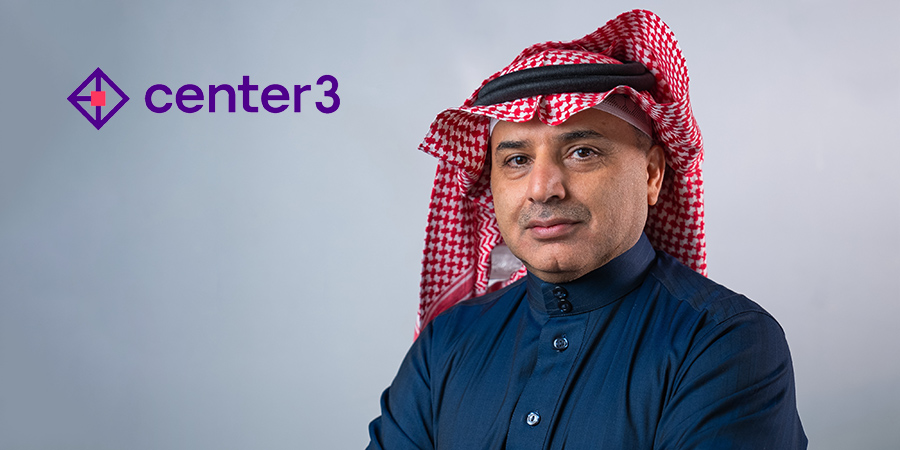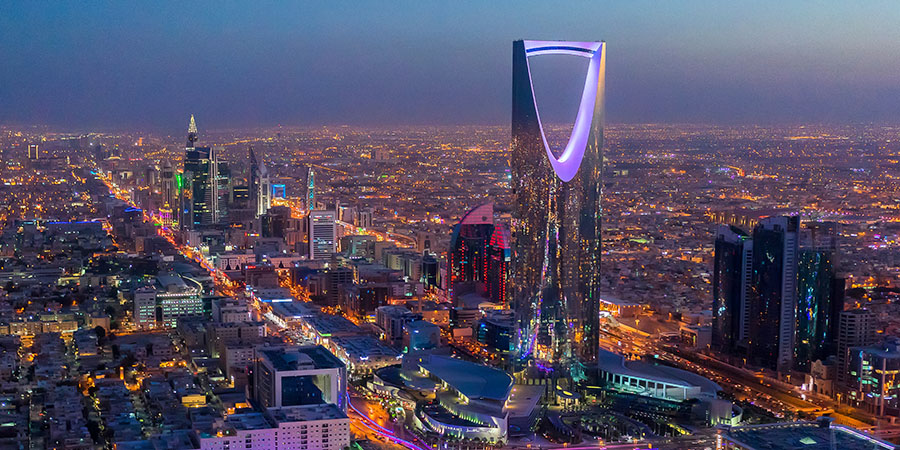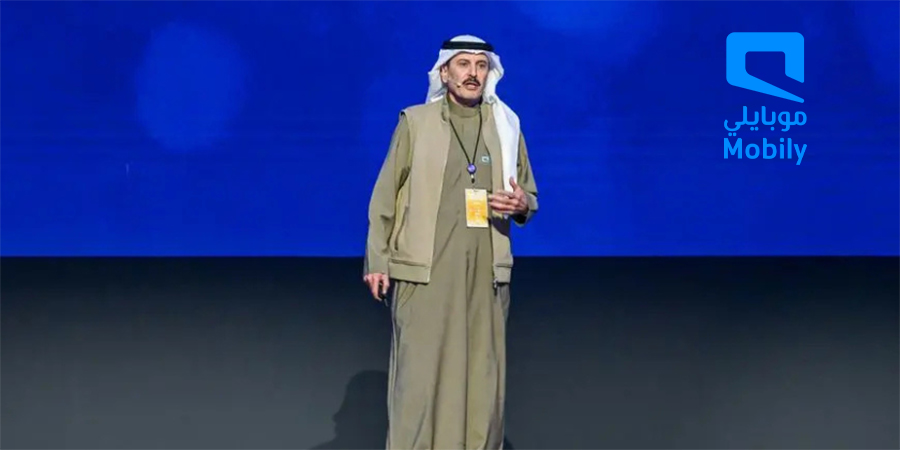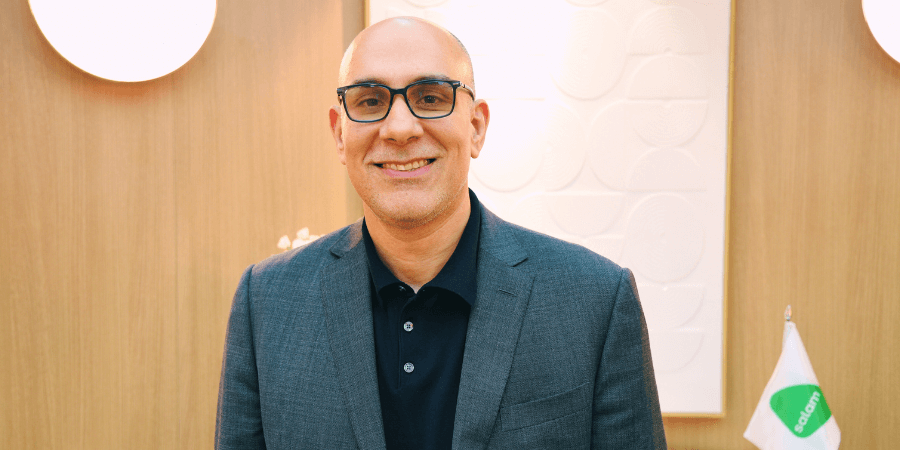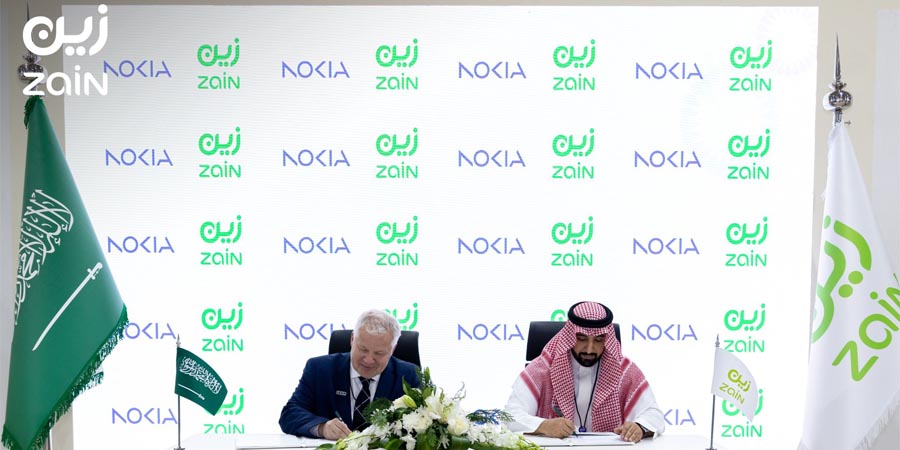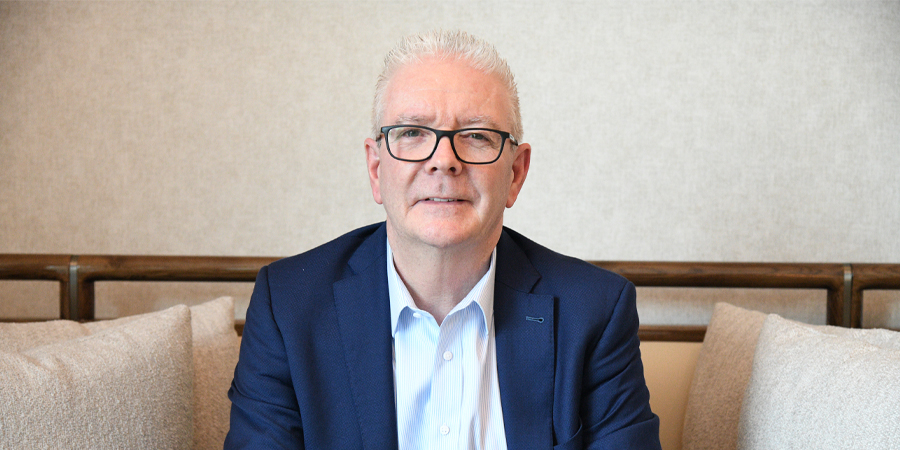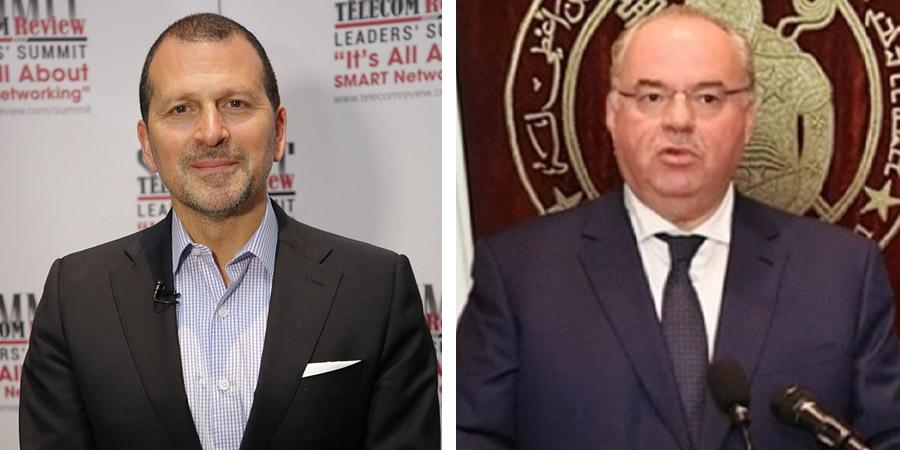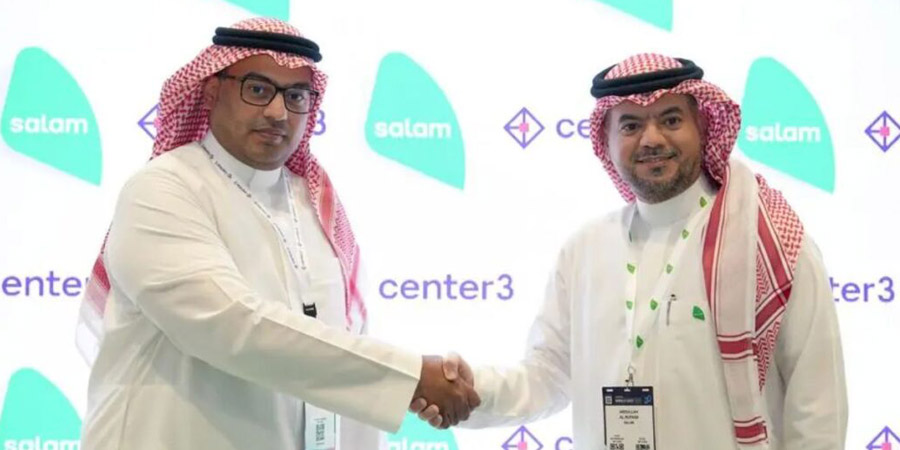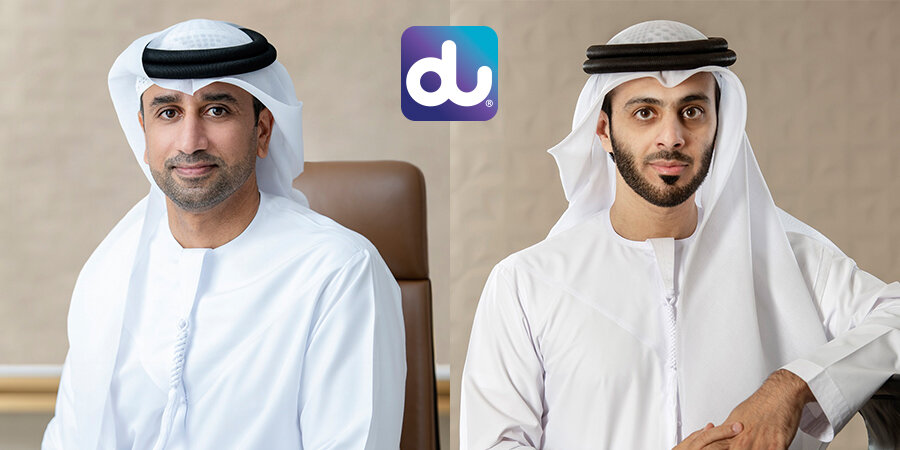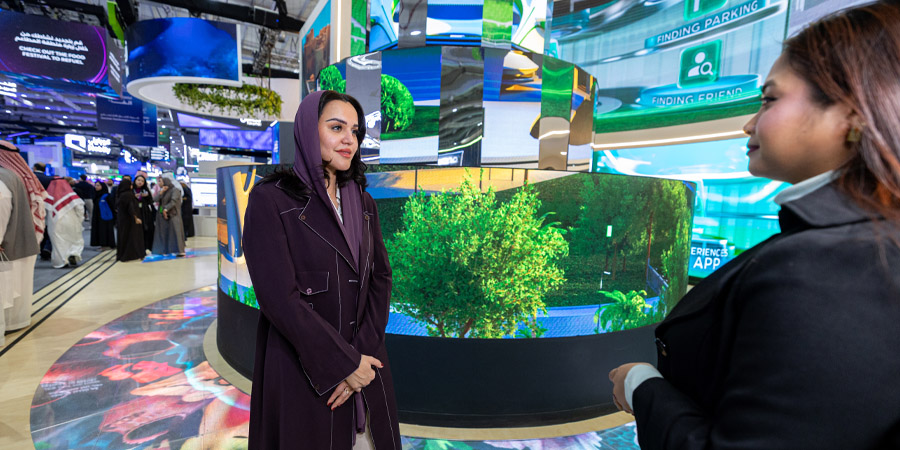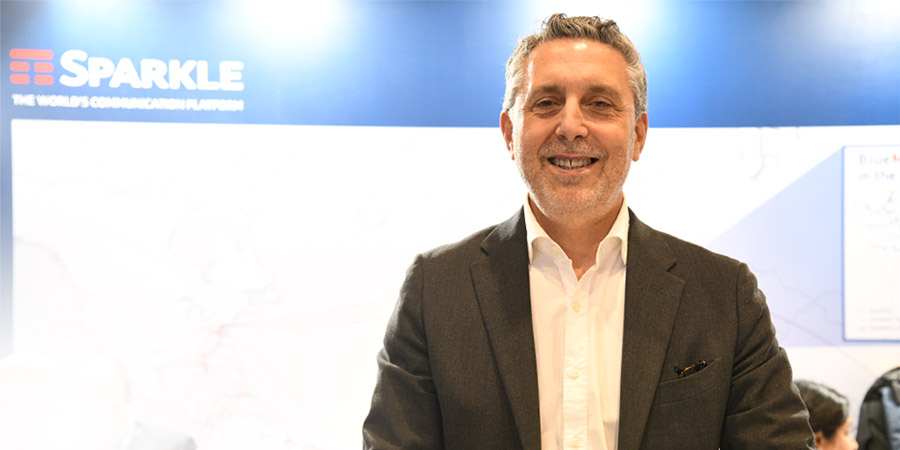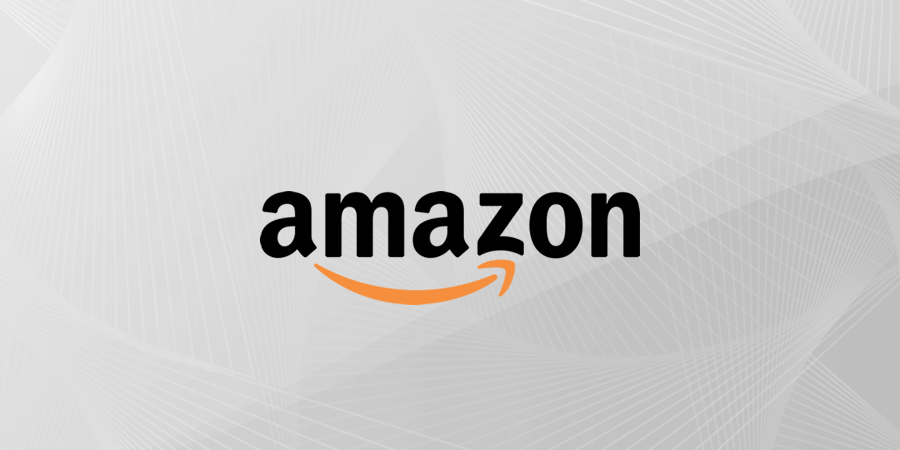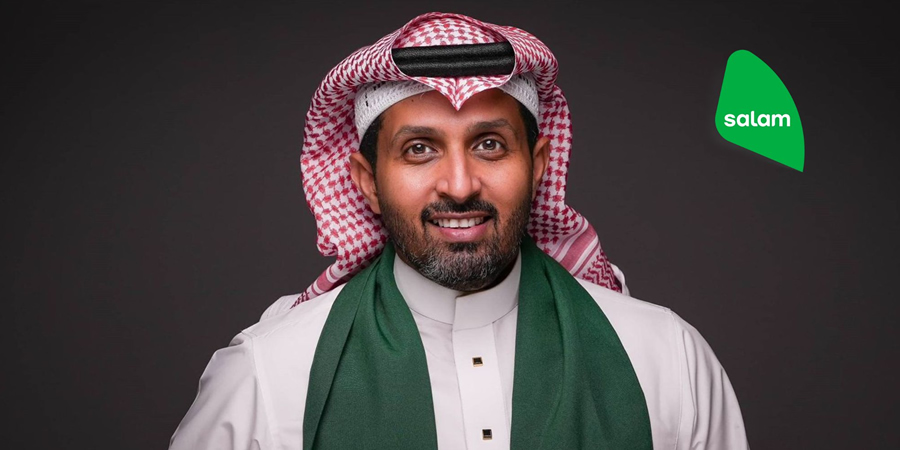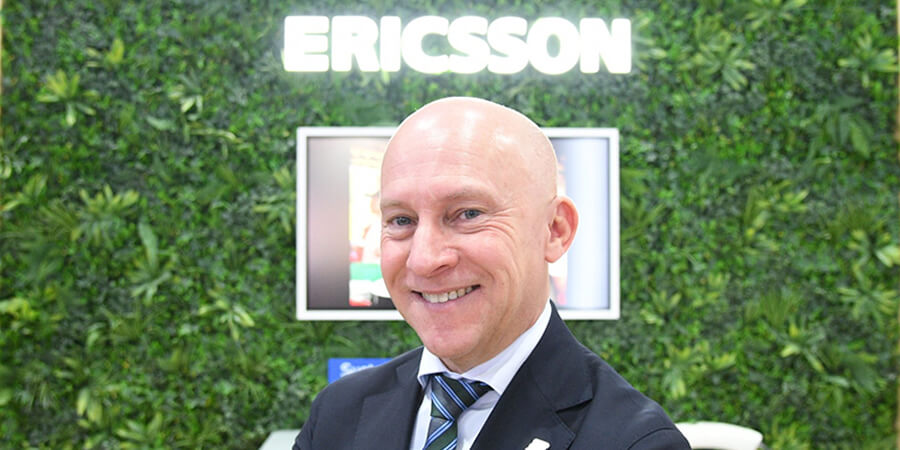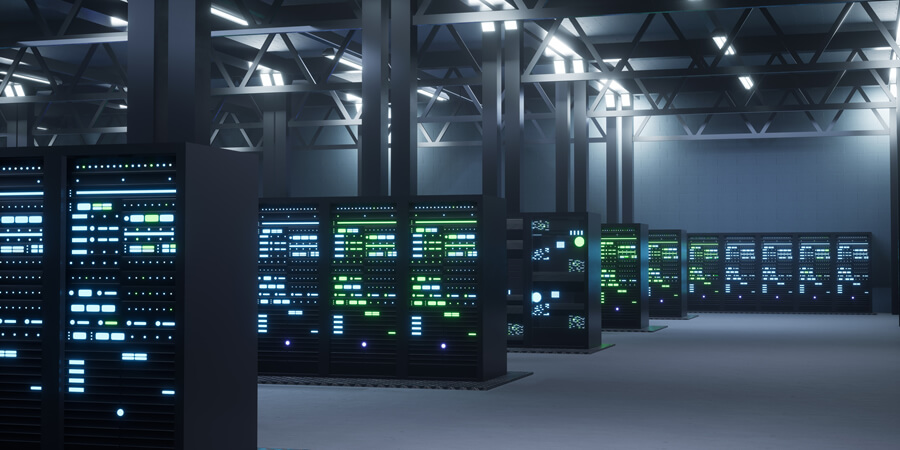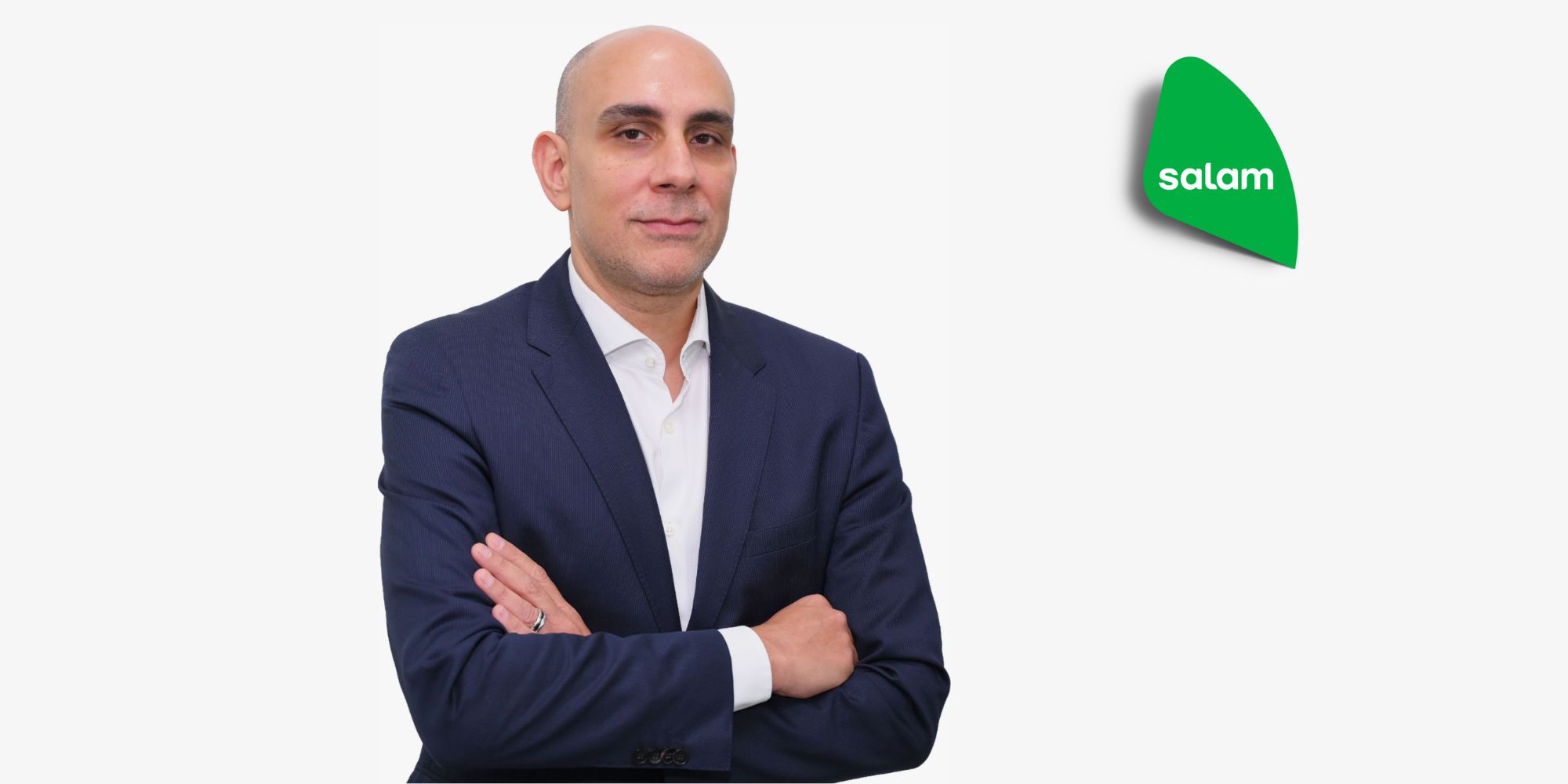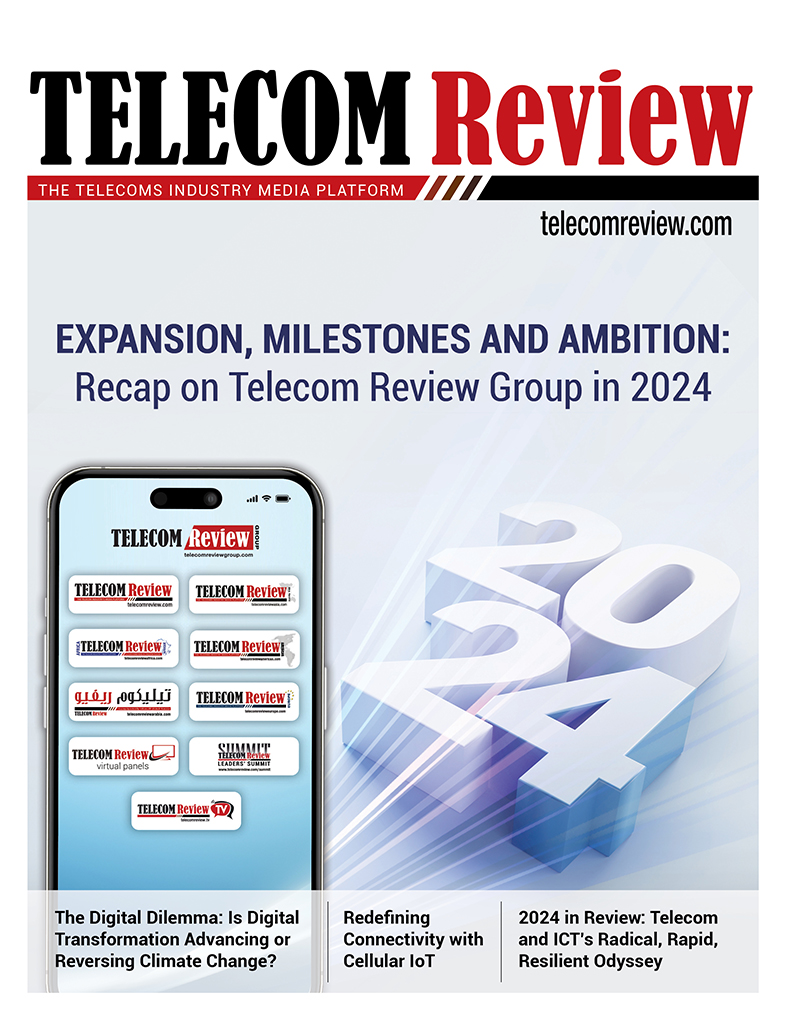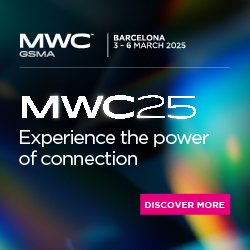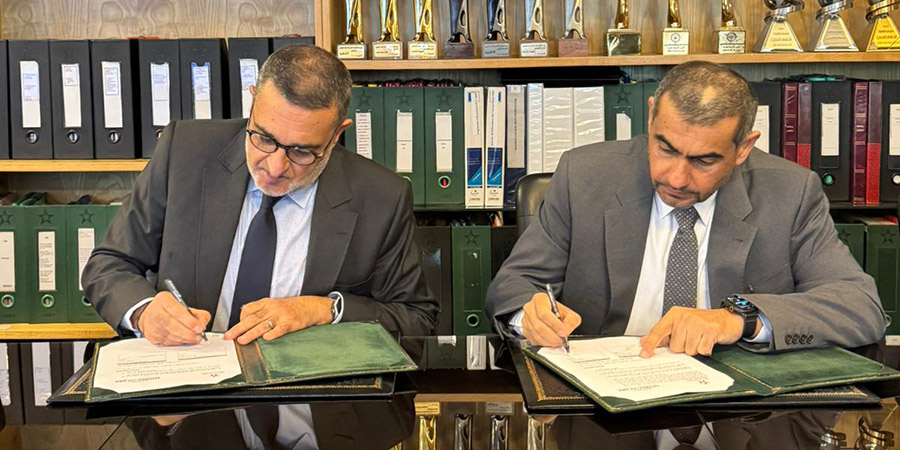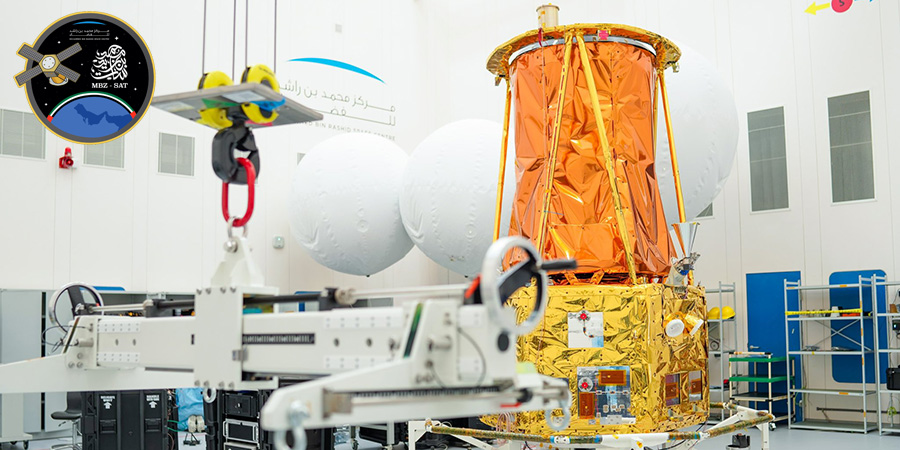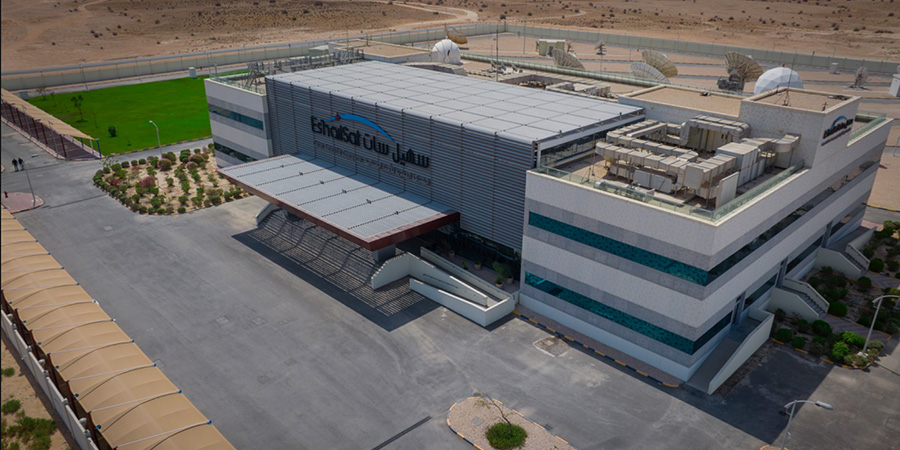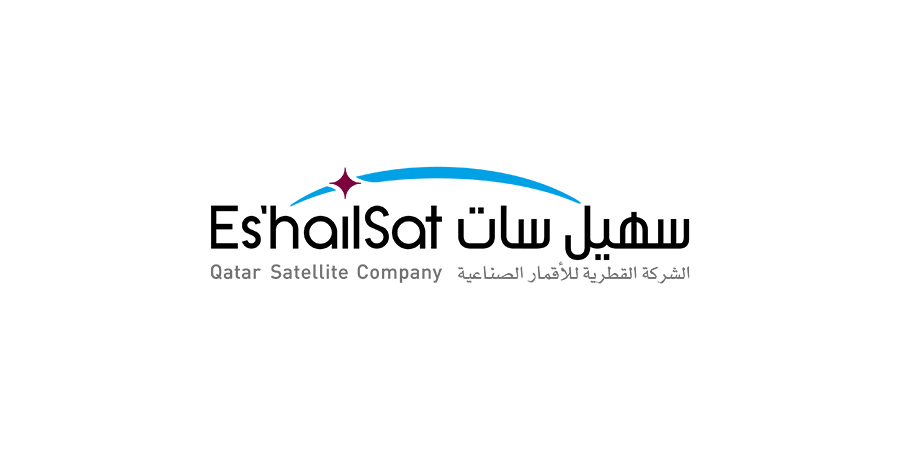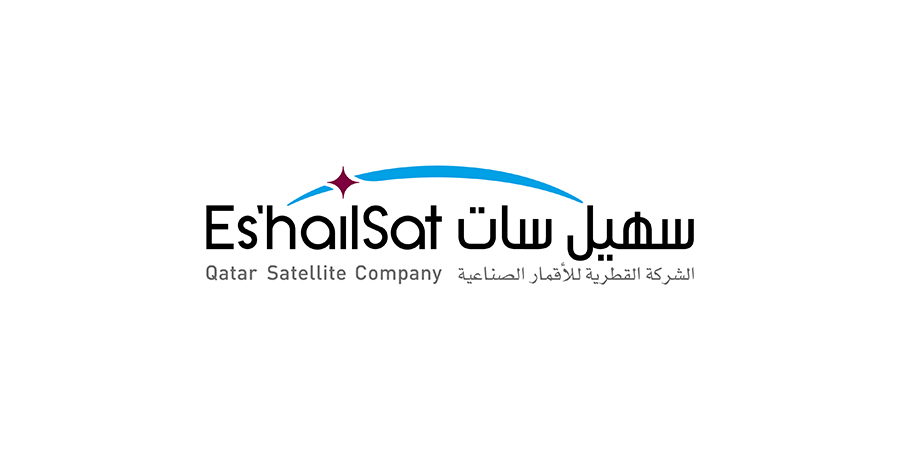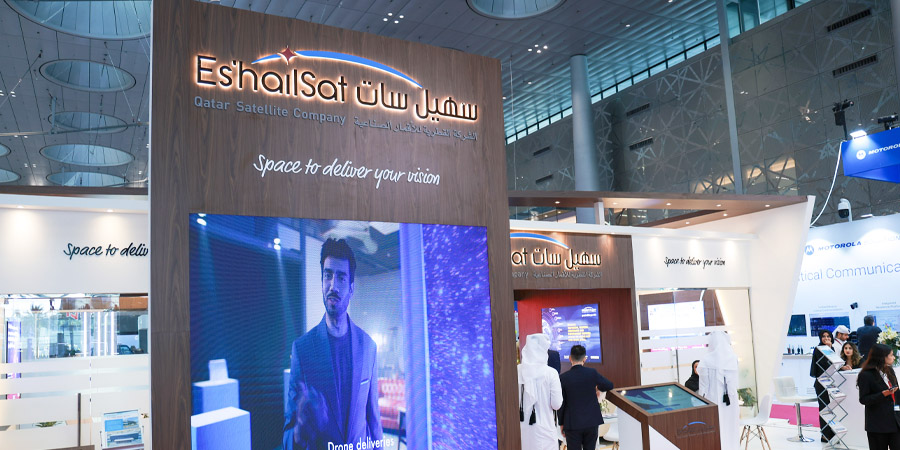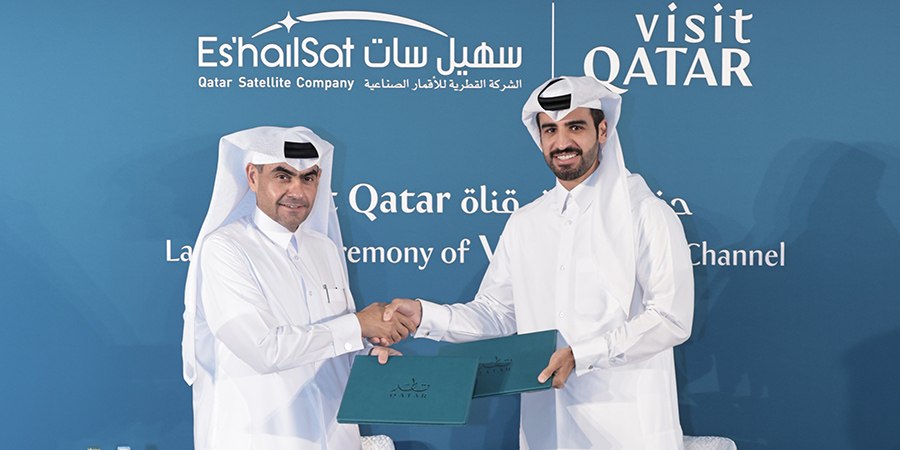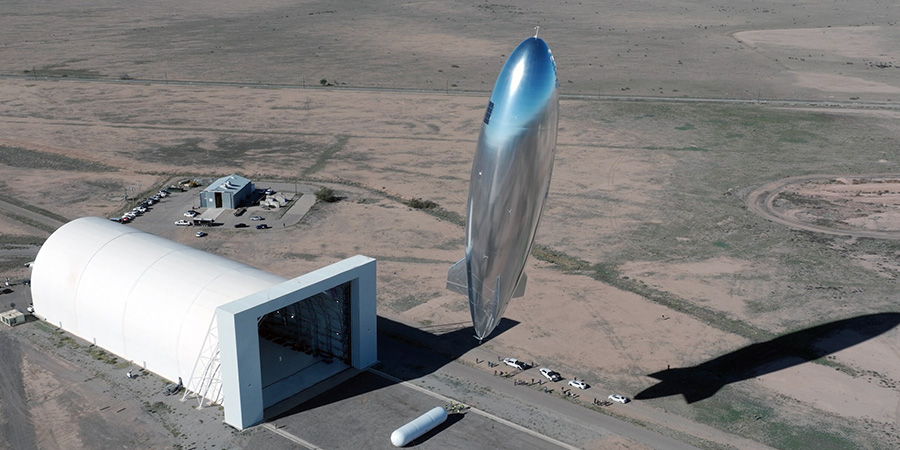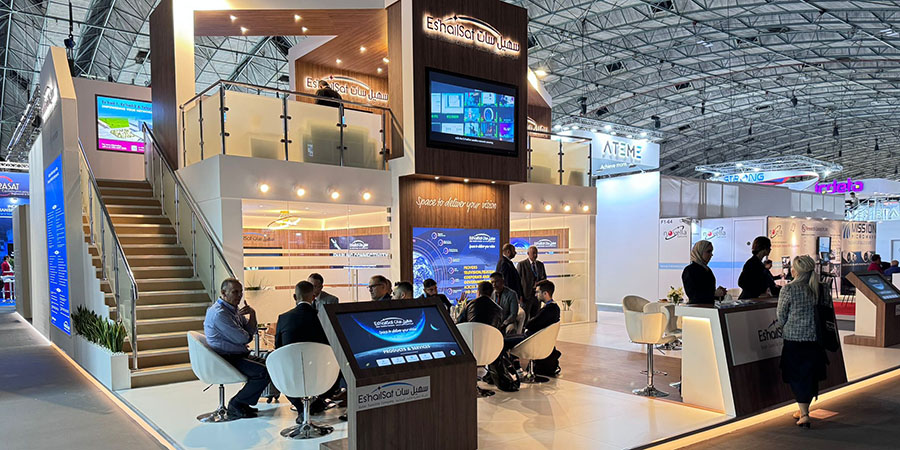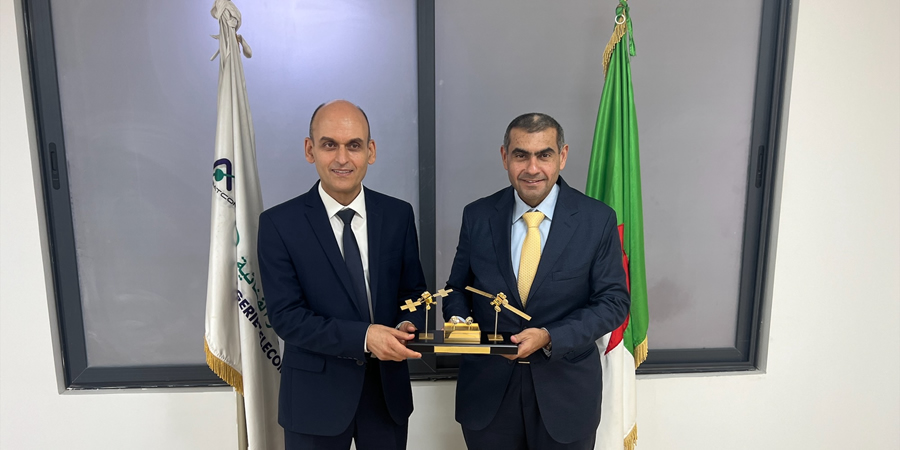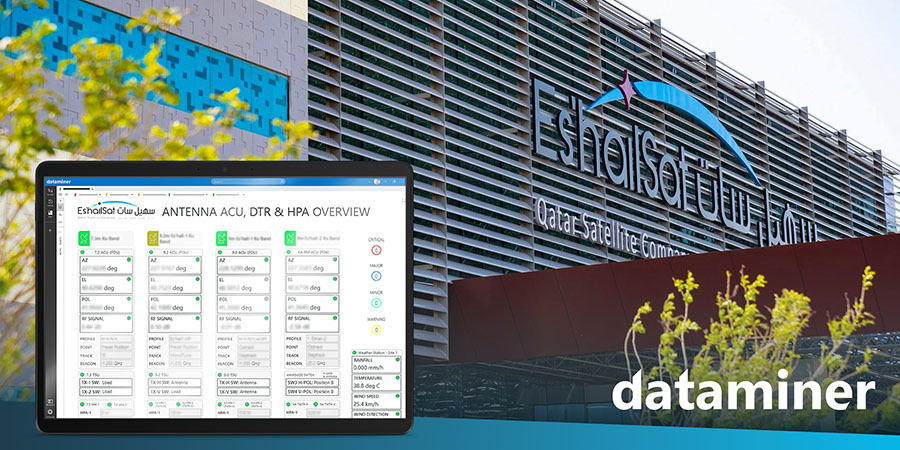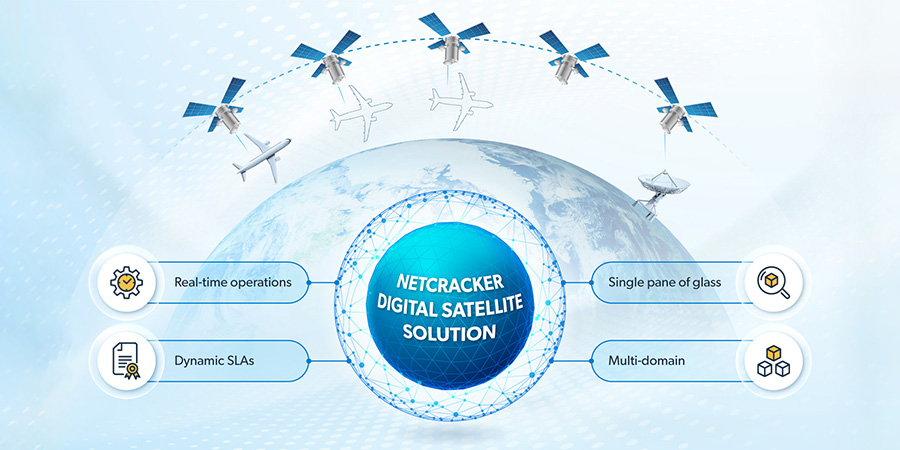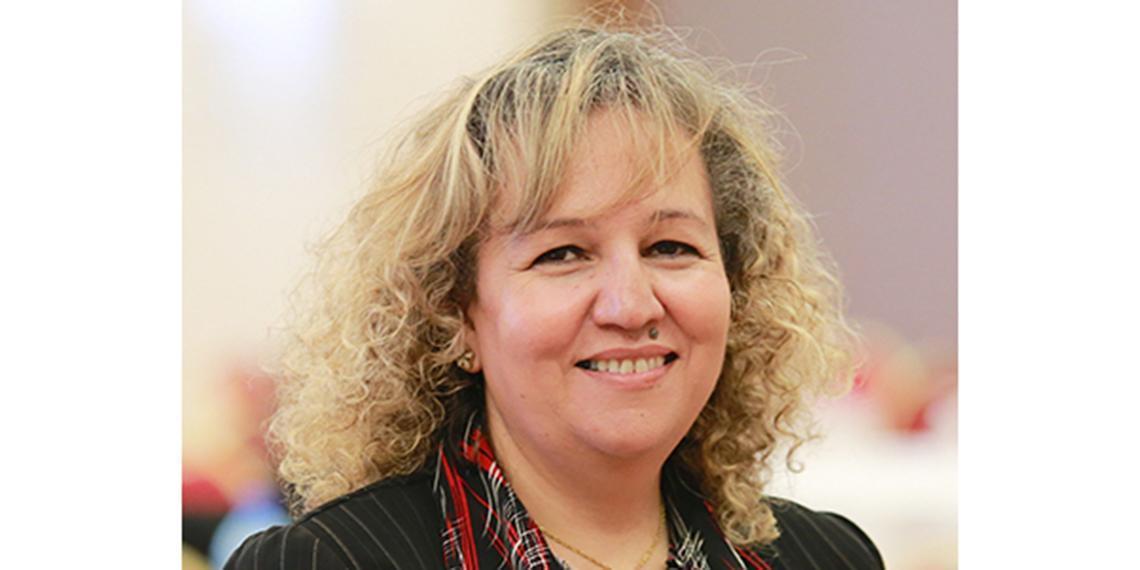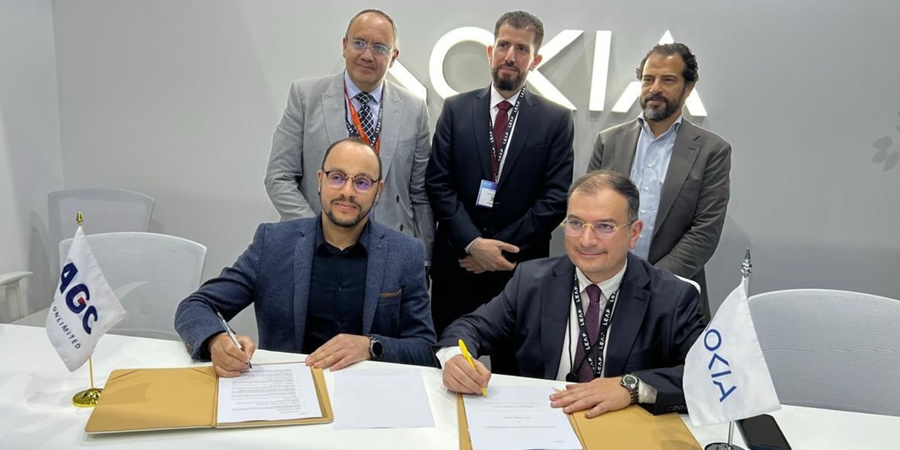The FTTH/B average take up rate in the MENA region has reached 43%, while UAE leads the market at 75%, according to the latest FTTH MENA Panorama study. The full 2015 study was released at end of January 2016 after major statistics announced during the 7th edition in Muscat last November.
The global fibre-to-the-home (FTTH) market reached 181.7 Million subscribers by June 2015 according to the FTTH Council Global Alliance (FCGA) global studies. FTTH is a future proof technology and fast growing method of providing vastly higher bandwidth to consumers and businesses, enabling more robust video, internet and voice services.
An announcement was done during the FTTH Council Europe event held in Luxembourg on 17 February, 2016 regarding the global penetration ranking where the UAE leads with the second position after South Korea. Five countries from the MENA region entered the 2015 global ranking comparing to 3 countries in 2014.
At the same time, subscribers in the MENA region have reached 2.1 million, an increase of 20% from the previous year, while the number of homes passed by FTTH/B was more than 5 Million, an increase of 28% from the previous year.
Some of the key drivers for the increase in FTTH adoption in the MENA region are the national broadband networks initiatives, housing programs and mobile backhaul. More than 48 FTTH/B projects took place in the market. The country with the highest penetration rate in the region is the UAE. The highest penetration rate after the UAE is Qatar with 72% followed by Saudi Arabia and Kuwait.
The region's future plan is to enter the Gigabit race with currently the highest speed rate available reaches 500 Mbps in UAE. The most widespread speed rate is 100 Mbps, available in UAE, KSA, Oman, Qatar, Jordan and Tunisia.
Most telcos in GCC provide innovative TV and video services available on their new networks and with the new OTT services launched in the Middle East region, expectations for a wider FTTH coverage and an increased take up are both very promising.






